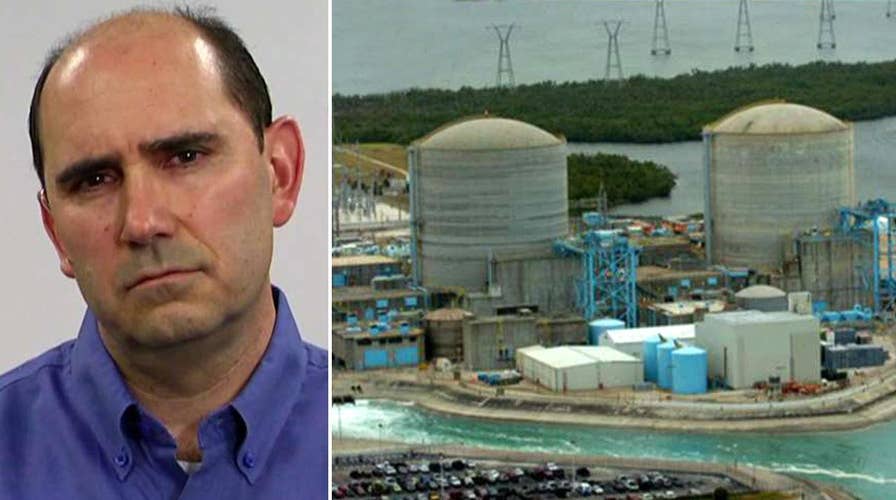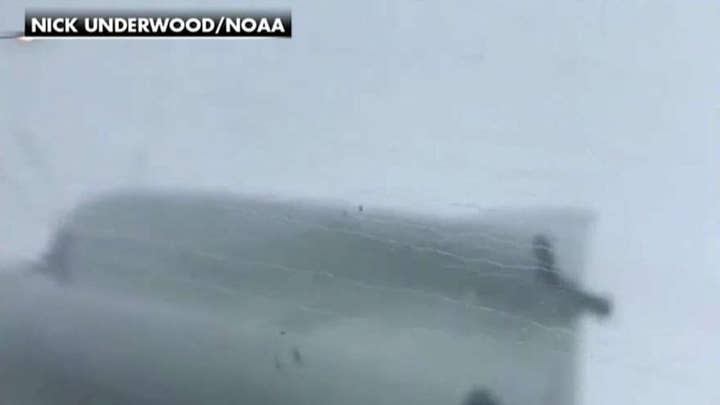Two nuclear facilities in the path of Hurricane Irma
Rob Gould of the Florida Power and Light Company weighs in on 'Hannity'
As Hurricane Irma barreled toward Florida, where two nuclear plants seemed to be in the deadly storm’s direct path, electric company officials continued to plan for the worst while remaining unsure whether to shut down the Turkey Point and St. Lucie facilities.
Peter Robbins, spokesman for Florida Power and Light, said shutting down a reactor is a gradual process, and the decision will be made “well in advance” of the Category 5 storm making landfall.
“If we anticipate there will be direct impacts on either facility, we’ll shut down the units,” Robbins told the Miami Herald.
"Based on the current track, we would expect severe weather in Florida starting Saturday, meaning we would potentially shut down before that point,” he told Reuters in an email.
The two plants -- Turkey Point and St. Lucie — are equally protected, Robbins said. FPL has long defended the safety of its nuclear plants, both of which sit along the Atlantic coast, where they are potentially exposed to the strongest winds and storm surge of hurricanes.
Robbins said the Turkey Point plant’s reactors are encased in six feet of steel-reinforced concrete and sit 20 feet above sea level. Turkey Point has backup generators, extra fuel and, as a “backup to the backup,” replacement parts and materials can be flown in from Tennessee.
The St. Lucie plant is equally protected, Robbins said, and can withstand severe flooding from storm surges. St. Lucie’s nuclear plant survived Hurricanes Frances and Jeanne in 2005 and Wilma the year after.
“For the top of the plant to be underwater ... if there were flooding on the plant, we could absolutely stay safe,” Robbins told TC Palm. “We designed the plant to handle that, the systems at the plant to handle that.”
The last time a major hurricane hit the Turkey Point plant, the nuclear reactors along southern Biscayne Bay were left unscathed. And Turkey Point weathered a Category 5 strike from Hurricane Andrew in 1992.
When the eye of Andrew passed over Turkey Point, some facilities around the reactor buildings took a beating. Ultimately, the state’s oldest nuclear plant suffered $90 million in damage, including to systems that were supposed to be hurricane-proof.
One of the 400-foot smokestacks for the old oil-burning power plant was cracked in half, even though it was rated to survive 235-mph winds. Andrew blew down all but six of the 41 warning sirens within 10 miles of the plant. The storm left the plant running on backup generators for more than a week to cool the shut-down reactor. A main access road was blocked by debris.
“It handled Andrew as it was designed to,” Robbins said. “It’s one of the safest and most robust structures in the state, if not the country.”
The Associated Press contributed to this report.



